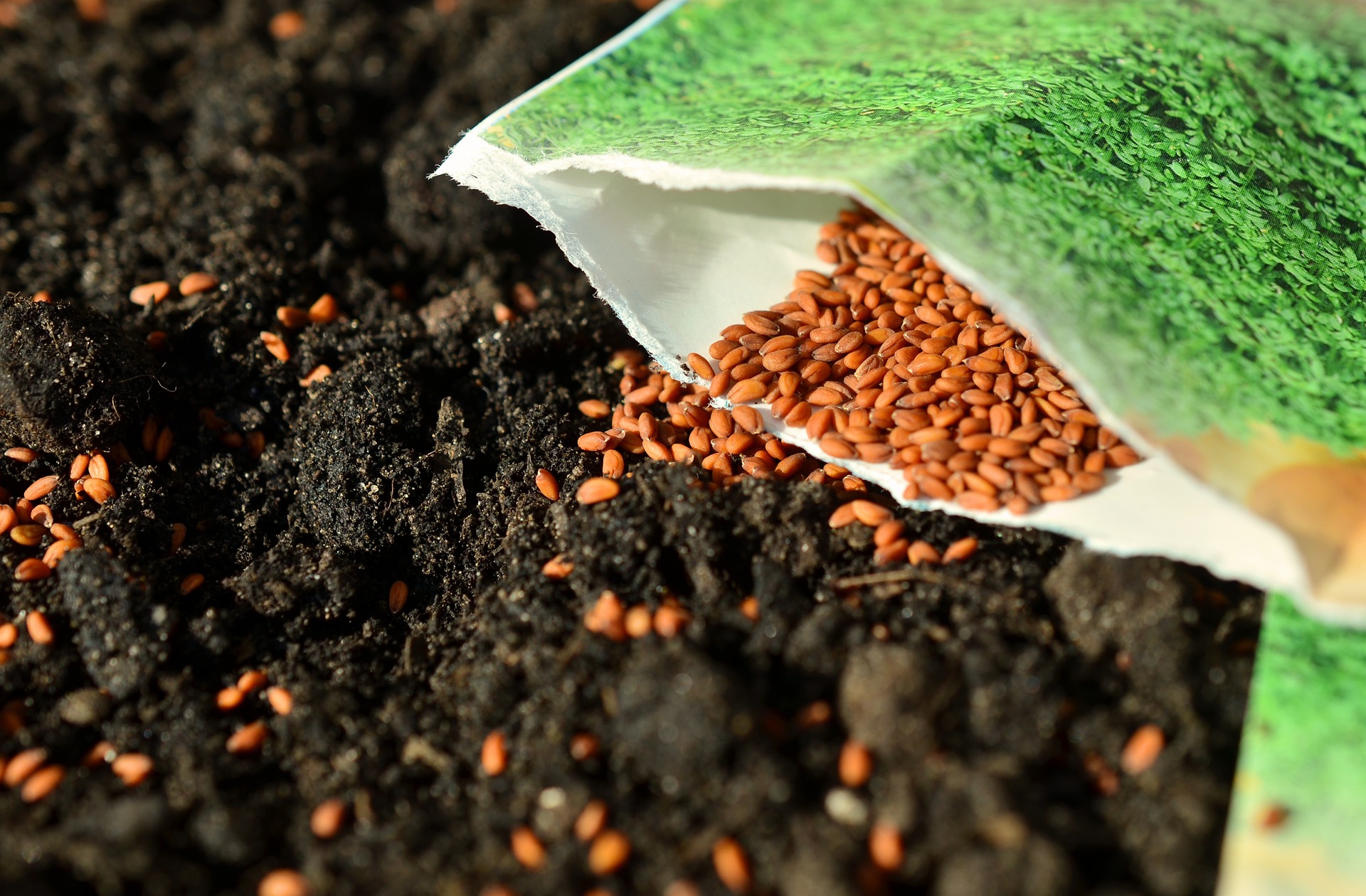Saving Crop Diversity From Inside a Frozen Mountain
Author: | Published: November 15, 2016
Since 2008, deep inside a mountain on a permafrost-crusted archipelago near the North Pole, the Svalbard Global Seed Vault has been open for business, soliciting and accepting sample seed collections from partner seed banks around the globe. Its mission? To preserve as much of the world’s crop diversity as possible, in order to ensure that our agricultural systems remain viable as climate change and other instabilities close in around us. To date, this one-of-a-kind facility—its location chosen partly because of its year-round cold temperatures—has received more than 860,000 seed samples from around the world.
The creation of the Vault was undertaken by the Global Crop Diversity Trust (now The Crop Trust), under the directorship of Cary Fowler, who has been a tireless advocate on behalf of food security for decades. With U.S. climate strides in danger of being unraveled and the future of our agricultural policy uncertain, Fowler discusses his new book about his work on the Vault, Seeds on Ice, what the Vault has managed to accomplish to date, and what work still remains to done.
Seeds on Ice was just published in September. What was the impetus for putting it together now?
There’s been a lot of media attention around the Seed Vault, but at a certain point, it occurred to me that the full story hadn’t been told. Mari Tefre is the only photographer who was there at beginning; she lived [in Svalbard] and covered the building of the Vault from start to finish. I wanted to put her photographs out there so everyone could see breadth of the project.
Would you call the Seed Vault a “success” so far?
What we’ve managed to do is collect a significant portion of the diversity, certainly of major crops in terms of cereal grains. As far as humanly possible, we’ve put an end to the extinction of crop diversity with what we have stored there. That’s pretty important.
Is there room to do more?
There will always be diversity we don’t have in the Vault. There are also crops whose diversity can’t be conserved through raising seeds, so there have to be other mechanisms for preserving them, ranging from field collections—having plants in fields that are tended—to tissue culture to the cryopreservation of tissue in liquid nitrogen. Sometimes people say, “Could you do those things at Svalbard?” No, not really. That facility is designed for the sole purpose of conserving seeds.

